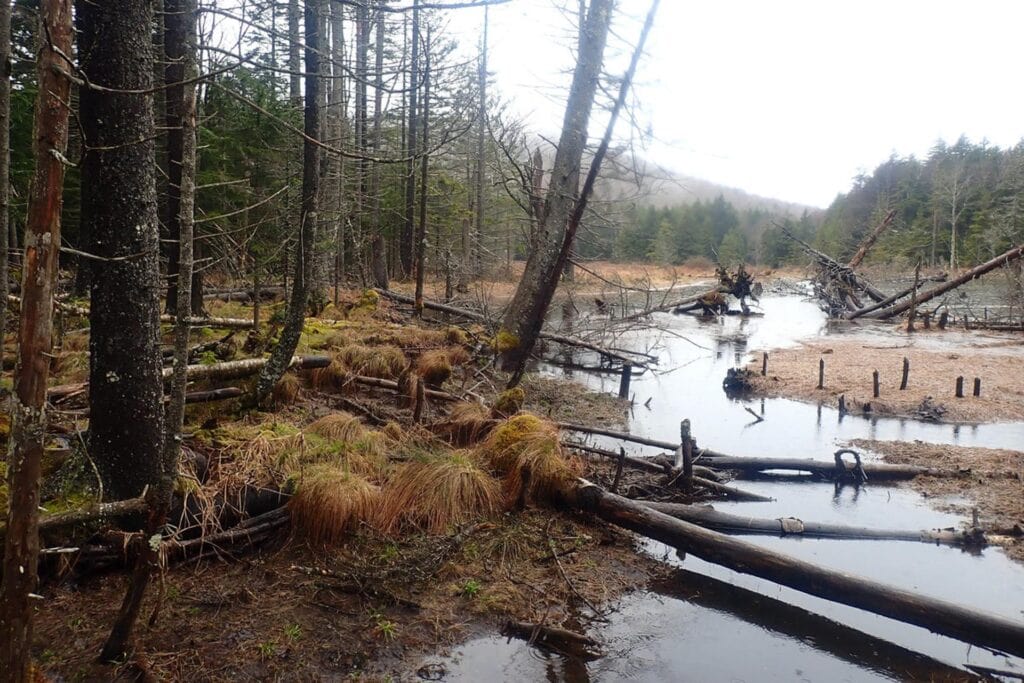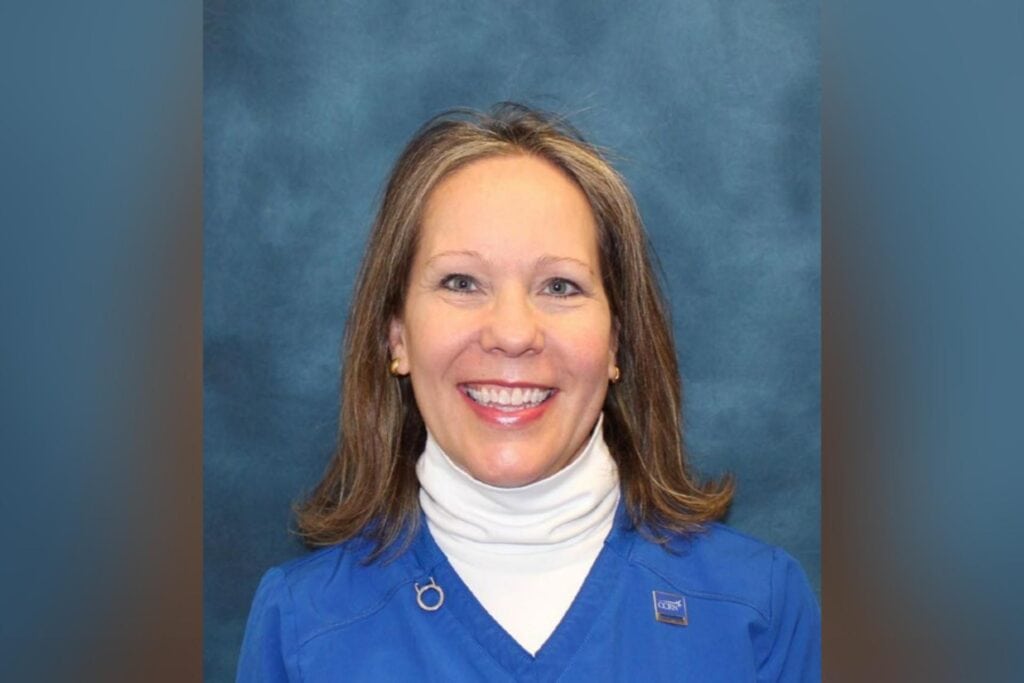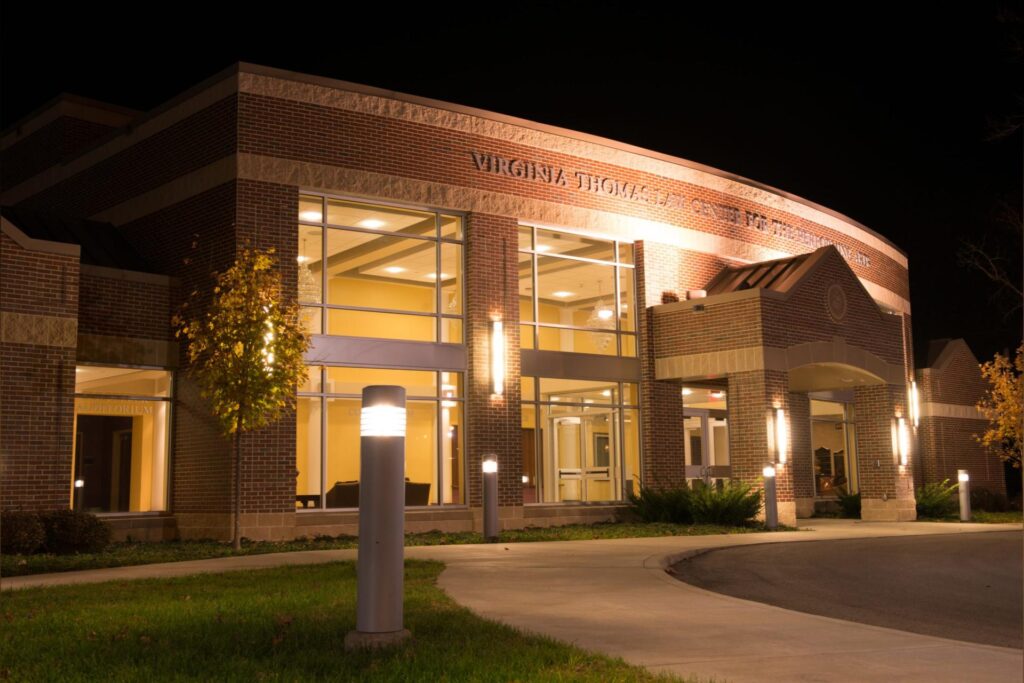Wetlands are essential for their ability to clean water, reduce flooding and promote biodiversity; however, these valuable ecosystems have been destroyed across West Virginia, forcing scientists to recreate the habitats.
One West Virginia University researcher has taken a novel approach – surveying shrubs at ground level and observing growth in fractions of an inch to predict if new ecosystems will thrive.
According to Jim Anderson, professor of wildlife and fisheries resources in the Davis College of Agriculture, Natural Resources and Design, current evaluation methods rely on short-term ‘snapshots’ like stem count or canopy coverage, which are not reflected in ecological restoration trend data.
“Restoration often takes longer to become evident than the required monitoring period allows,” he said.
Anderson’s method advances and revises the criteria used to gauge restoration success using intensive vegetation sampling of woody species for estimates, which will better ensure restoration success during and after the monitoring period.
The recipient of a $151,000 grant from the Environmental Protection Agency, Anderson will spend the next two years validating a new measurement technique of wetland restoration throughout the state. He will work closely with the West Virginia Department of Environmental Protection, the state agency that oversees wetlands.
“Historically, there have been a number of metrics to identify progress or success of mitigated wetlands,” Anderson said. “The general metric has been percent of stem survival and canopy cover, but that’s highly variable. We’re measuring shrubs at the ground level. We’re not talking about feet; we’re talking about an inch or a half an inch. Measuring that should give us a better indication of long-term success of wetlands. That’s our hope.”
Anderson explained that canopy cover and stem count sampling can be misrepresented by any plantings prior to monitoring the area, which can make a struggling ecosystem appear to be thriving. Rather than measuring success based on an instant, Anderson wants to assess conditions over time by determining “stem area at groundline.” Defined as the base of a stem immediately above the ground level, SAG determines restoration potential annually.
“If most of our wetlands have a half-inch diameter stem average by the second year, but in a restoration site, the diameter does not get to one-half inch until year 7, then we know that the long-term prognosis for getting a functional wetland is slight,” he explained.
What does restorative success look like?
“Positive ecological restoration trends follow a predictable pattern of nominal increases in the first few years (two to six years), followed by rapid increase as woody vegetation flourishes and establishes canopy (eight to 14 years), then stabilizing as canopy fills out from ages 16 to 22,” Anderson added.
Larger wetlands in West Virginia include Canaan Valley in Tucker County and Cranesville Swamp in Preston County.
“The majority of our wetlands are pretty small,” Anderson said. “People probably don’t even recognize them because they don’t look like the big Florida Everglades or the big swamps from Georgia and South Carolina. They’re smaller areas generally less than half an acre.”
West Virginia has lost much of its wetlands because they are in lowland areas where people build roads and housing developments. West Virginia wetlands are incredibly important and fragile because they comprise only 1.5 to 2 percent of the landscape, making them a dire focal point for Anderson as well as conservation agencies around the state.
“Basically, all the flat places we can build and develop are also where you find wetlands,” Anderson explained.
Many wetlands were drained in the 1940s, 50s and 60s using tile drains. Now, those drains are found and removed so hydrology can be restored. There are many species of both plants and animals that depend on wetlands, and the only reason those plants and animals occur in the state is because of the wetland systems.
“That’s usually what you’re trying to do: get that historic hydrology back,” Anderson said. “Then the plants and animals will generally follow. It’s relatively quick, too. We studied a wetland in Pleasant Creek Wildlife Management Area just south of Grafton. Within several months of restoration, we already had otters back into that wetland site, which was formerly a dry field. They respond quickly.”














